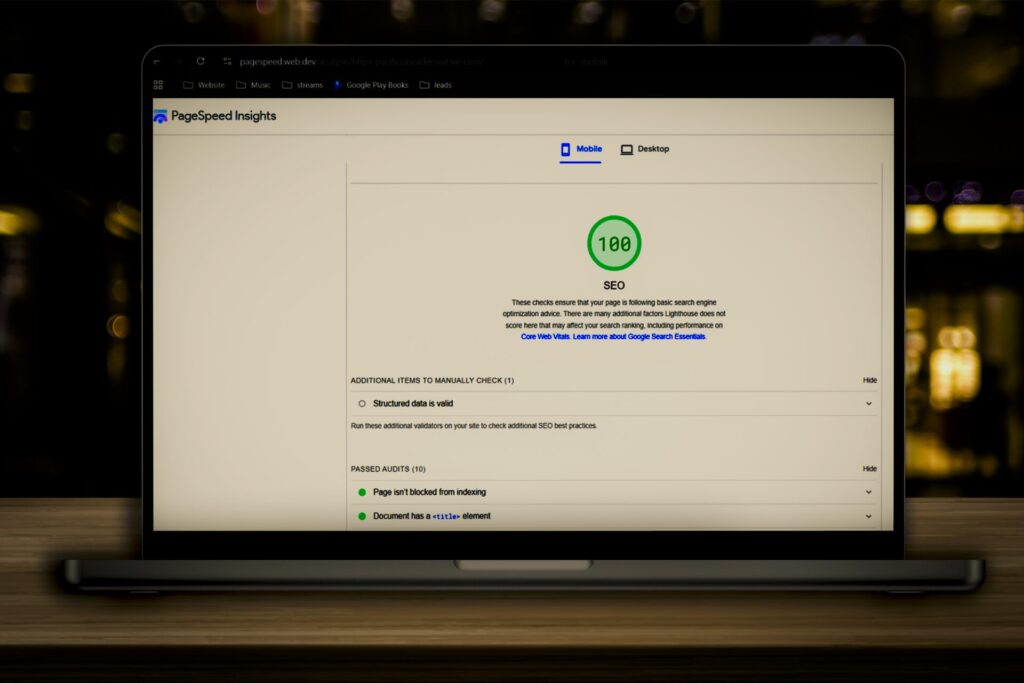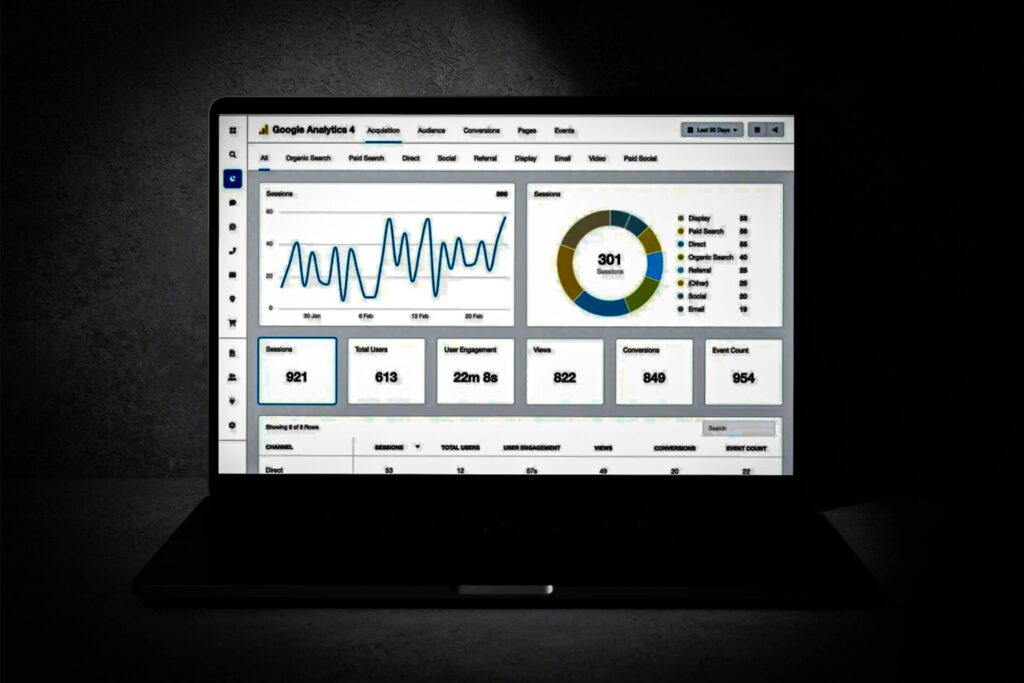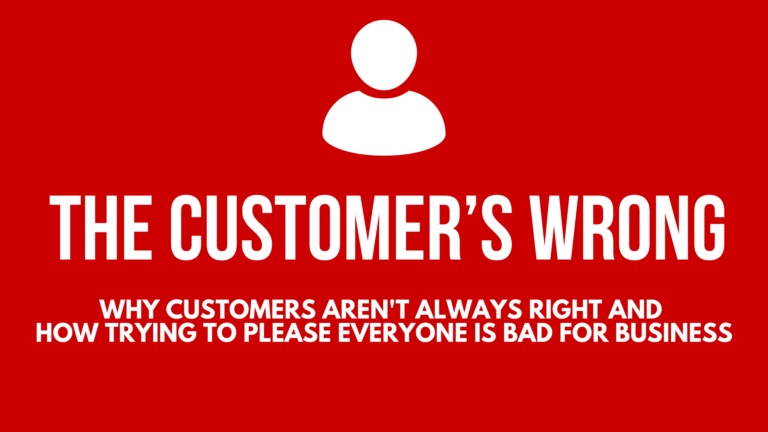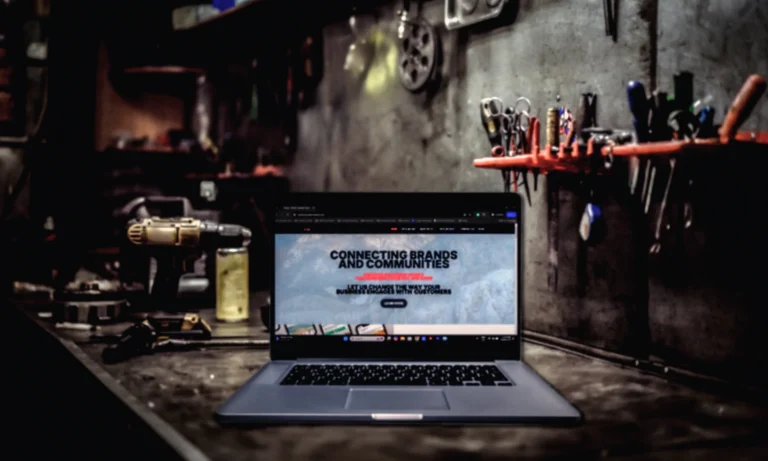
8 Ways to Integrate SEO into Your Business Website
For any business with an online presence, integrating SEO is essential for gaining visibility.
It helps in building credibility and attracting valuable organic traffic.
Effective SEO doesn’t just mean better rankings. It means aligning your content with the needs and interests of your target audience. Here, we break down 8 powerful ways to integrate SEO into your business website to maximize impact.
1. Conduct In-Depth Keyword Research
Before diving into content creation or optimization, it’s vital to know what keywords your potential customers are searching for. Keyword research ensures that your content matches search intent and helps you rank for terms that drive qualified traffic.
- Use Reliable Tools: Tools like Google Keyword Planner, Ahrefs, and SEMrush can help you find keywords with high search volume. They also provide reasonable competition and alignment with user intent. For more insights, tools like AnswerThePublic can reveal commonly asked questions related to your topic.
- Target Primary and Long-Tail Keywords: Primary keywords usually consist of one or two words and target broader terms (e.g., “digital marketing”). Long-tail keywords are longer phrases (e.g., “how to improve digital marketing strategy”) that capture specific user needs, often leading to higher conversion rates.
- Understand Search Intent: Search intent—informational, navigational, commercial, or transactional—is essential to effective keyword research. When you align content with the user’s purpose, you improve engagement and rankings.
Tip: Consider your audience’s challenges, questions, and the language they use. Incorporate keywords naturally across your website to ensure relevance and readability.
2. Optimize On-Page SEO Elements
On-page SEO elements are crucial for both user experience and search engine readability. Optimizing elements like title tags, headers, meta descriptions, and URL structure helps search engines understand your content better. This optimization makes your site more accessible to users.
- Title Tags and Meta Descriptions: Your title tag should be concise, relevant, and include primary keywords. The meta description, while not directly impacting SEO rankings, gives users a brief insight into your content. Aim for an engaging, keyword-rich description that encourages clicks.
- Header Tags (H1, H2, etc.): Use headers (H1 for main titles, H2s for sections, and H3s for subsections) to improve readability and indicate content hierarchy to search engines. Use keywords in headings, but don’t overstuff; readability is key.
- Optimize URL Structure: Clean, descriptive URLs help both users and search engines. Keep URLs short, use keywords, and avoid unnecessary words or parameters. A clear URL (like
yourdomain.com/seo-tips-for-business) can make a significant difference.
Pro Tip: Avoid duplicate tags. Each page should have a unique title tag and meta description to improve search engine crawling and ranking efficiency.

3. Develop High-Quality, Valuable Content
Content is a significant factor in SEO success, and its quality is pivotal. Google’s algorithms prioritize informative, engaging, and relevant content that satisfies user intent. Publishing valuable content is not just about words but also about how well your content solves the user’s problem.
- Create a Content Mix: Blog posts, guides, infographics, and videos offer varied forms of value. Each type can attract different user segments and increase the chances of ranking for a variety of keywords. Blogs are excellent for SEO, but multimedia content can significantly enhance user experience and engagement.
- Focus on E-A-T (Expertise, Authoritativeness, and Trustworthiness): Google places high importance on content that demonstrates expertise, authority, and trust. Provide accurate, well-researched information, and cite reputable sources when necessary.
- Maintain Consistency: Regularly updated websites tend to rank higher. Create a content calendar. This will help you consistently deliver new insights. It keeps your audience informed and your website fresh for search engines.
Actionable Tip: Answer common user questions in your content to increase engagement and relevance, which improves time-on-page and lowers bounce rates.
4. Optimize for Mobile and Page Speed
With more users accessing websites from mobile devices, mobile optimization is critical. Google also uses mobile-first indexing, meaning it evaluates the mobile version of your site when determining rankings.
- Mobile-Friendly Design: Ensure that your website is responsive and provides an excellent experience across different screen sizes. A mobile-friendly web design includes readable fonts, easily clickable buttons, and well-organized content that adjusts for smaller screens.
- Improve Page Speed: Slow-loading pages frustrate users and negatively impact rankings. Use Google’s PageSpeed Insights to evaluate your website’s speed. Consider minimizing image sizes, reducing redirects, leveraging browser caching, and using content delivery networks (CDNs) to improve load times.
Pro Tip: Aim for a page load time of under 3 seconds for the best user experience and search engine performance.
5. Build Internal Links Strategically
Internal links connect your pages, guiding visitors through your website and enhancing SEO by spreading link equity. These links help search engines understand the hierarchy and structure of your content.
- Connect Relevant Pages: Use anchor text to link related content naturally. For example, if you’re mentioning “SEO tips,” link to an article that dives deeper into SEO strategies. This keeps users engaged and helps search engines discover and rank pages more effectively.
- Use a Clear Structure: Your website should have a logical structure, ideally with primary categories (for main pages) and subcategories (for related pages). Internal linking within this structure can support the flow and help your most important pages receive higher rankings.
- Don’t Overdo It: While internal linking is beneficial, don’t spam links on a page. Ensure that each link is valuable and enhances the user experience.
Tip: An XML sitemap and breadcrumb navigation can help improve site organization, making it easier for search engines to crawl and understand your website’s structure.

6. Focus on High-Quality Backlinks
Backlinks—links from other reputable sites to your own—are a crucial ranking factor. They signal to search engines that your content is valuable, trustworthy, and relevant.
- Create Link-Worthy Content: Publish original research, infographics, in-depth guides, or other content that people want to reference. The more valuable your content, the more likely others are to link back to it.
- Guest Blogging and Outreach: Partner with credible websites in your niche for guest blogging or collaborative content opportunities. Building genuine relationships and offering valuable insights can help you secure quality backlinks.
- Avoid Low-Quality Link Schemes: Google penalizes sites that engage in link schemes or buy backlinks. Instead, focus on building authentic relationships and providing content that naturally attracts links.
Pro Tip: Run regular backlink audits to identify and disavow any low-quality or spammy links that could harm your site’s SEO.
7. Use Schema Markup for Enhanced Search Appearance
Schema markup is a form of microdata that helps search engines understand your content better, improving the way it appears on SERPs (Search Engine Results Pages).
- Rich Snippets: Schema markup can display additional information like ratings, pricing, and reviews directly on SERPs, making your listing stand out and encouraging higher click-through rates. Implement structured data for products, events, FAQs, and more to improve your chances of gaining rich snippets.
- Local SEO Boost: If you’re a local business, use local schema markup to optimize for searches within your geographic area. Include NAP (Name, Address, and Phone number) details and consider using schema for services, hours of operation, and customer reviews.
- Guided Implementation: If you’re unsure how to start, Google’s Structured Data Markup Helper can guide you through the process. Marking up your content may seem technical, but it’s an investment that pays off in improved visibility.
Tip: Test your structured data with Google’s Rich Results Test tool to ensure correct implementation.
8. Monitor, Analyze, and Adapt Your SEO Strategy
SEO is not a one-and-done activity. Regular monitoring and adaptation are necessary to ensure that your strategy remains effective amidst changing algorithms, competition, and user behaviour.
- Use Analytics Tools: Google Analytics and Google Search Console are indispensable tools for tracking traffic, identifying top-performing content, and pinpointing areas needing improvement. Other tools like Ahrefs and SEMrush can provide insights into backlinks, keyword rankings, and competitive performance.
- Assess KPIs Regularly: Key Performance Indicators (KPIs) such as organic traffic, bounce rate, conversion rate, and average session duration help assess the success of your SEO efforts. Use these metrics to fine-tune your strategy based on what works and what doesn’t.
- Stay Updated: SEO is constantly evolving. Staying informed on algorithm changes and emerging trends (e.g., voice search, AI-driven search) allows you to stay ahead of the competition.
Pro Tip: Schedule regular SEO audits to keep your site optimized and responsive to any significant changes in search engine algorithms or user expectations.
Conclusion: Ready to Elevate Your Online Game?
Integrating effective SEO practices into your website can feel overwhelming, especially when balancing other business responsibilities.
Imagine your website consistently attracting high-quality traffic. It ranks for competitive keywords. It converts visitors into loyal customers. All this happens while you focus on running your business.
That’s where Pacific Cascade Creative comes in.
At Pacific Cascade Creative, we specialize in crafting customized SEO strategies designed to maximize impact.
From in-depth keyword research and high-quality content creation to technical SEO optimization and backlink building, we cover every step necessary for strong, lasting results.
Our hands-on approach means that we don’t just work for you; we partner with you to understand your unique goals and industry, ensuring every effort aligns with your vision.
Ready to take your website to the next level?
Let’s talk about how we can boost your online visibility, engage your audience, and drive meaningful growth.
Get in touch with us today for a free consultation, and let’s make your website a powerful asset for your business.
Pacific Cascade Creative: Where Visibility Meets Impact.






